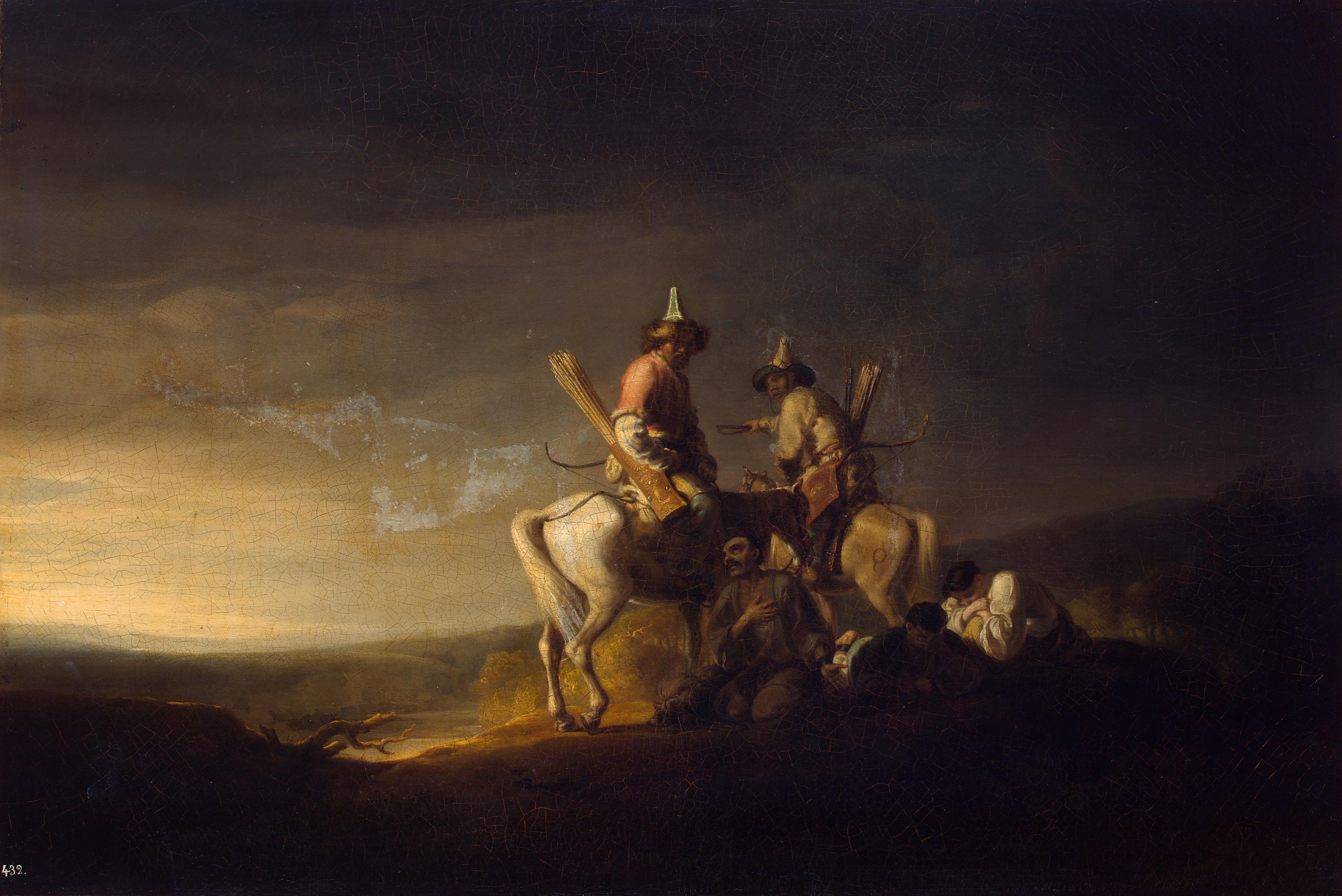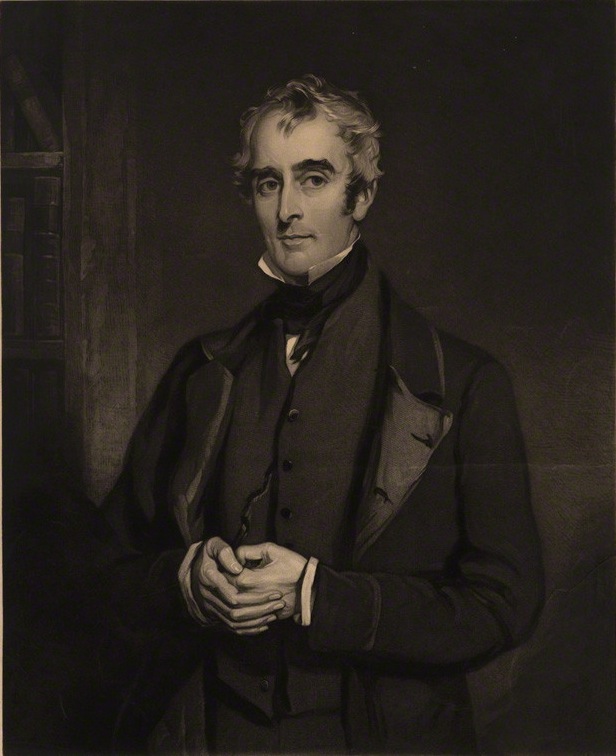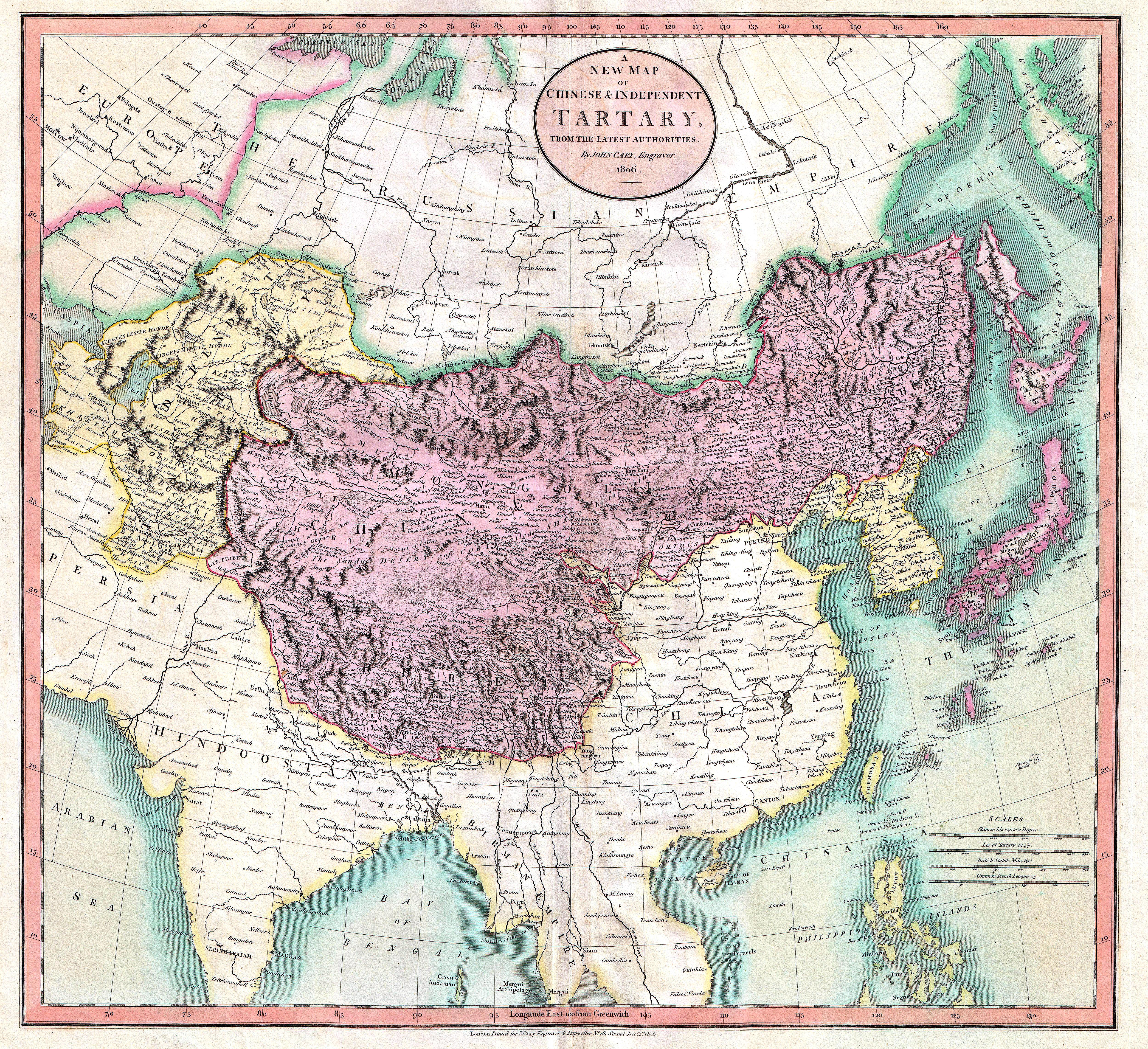|
Sir William Allan
Sir William Allan (178223 February 1850) was a distinguished Scottish historical painter known for his scenes of Russian life. He became president of the Royal Scottish Academy and was made a Royal Academician. Life and work Allan was born in Edinburgh, the son of William Allan Snr., macer, an officer of the Court of Session. He was educated at the High School, Edinburgh, under William Nicol (1744?-1797), the companion of Robert Burns. Showing an aptitude for art, he was apprenticed to a coach-painter, and studied under John Graham at the Trustees' Academy, with David Wilkie, John Burnet, and Alexander George Fraser. Here Allan and Wilkie were placed at the same table, studied the same designs, and contracted a lifelong friendship. After a few years he came to London, and entered the schools of the Royal Academy. His first exhibited picture was a ''Gipsy Boy with an Ass'' (1803), in the style of John Opie. Not finding success in London, in 1805 he travelled, by ship, to ... [...More Info...] [...Related Items...] OR: [Wikipedia] [Google] [Baidu] |
Edinburgh
Edinburgh ( ; gd, Dùn Èideann ) is the capital city of Scotland and one of its 32 Council areas of Scotland, council areas. Historically part of the county of Midlothian (interchangeably Edinburghshire before 1921), it is located in Lothian on the southern shore of the Firth of Forth. Edinburgh is Scotland's List of towns and cities in Scotland by population, second-most populous city, after Glasgow, and the List of cities in the United Kingdom, seventh-most populous city in the United Kingdom. Recognised as the capital of Scotland since at least the 15th century, Edinburgh is the seat of the Scottish Government, the Scottish Parliament and the Courts of Scotland, highest courts in Scotland. The city's Holyrood Palace, Palace of Holyroodhouse is the official residence of the Monarchy of the United Kingdom, British monarchy in Scotland. The city has long been a centre of education, particularly in the fields of medicine, Scots law, Scottish law, literature, philosophy, the sc ... [...More Info...] [...Related Items...] OR: [Wikipedia] [Google] [Baidu] |
Alexander Crichton
Sir Alexander Crichton (2 December 1763 – 4 June 1856) was a Scottish physician and author. Medical career Born in Newington, Edinburgh, Crichton received his M.D. from Leiden University, The Netherlands, in 1785. He developed his medical skills through studies at Paris, Stuttgart, Vienna, and Halle. He returned to London in 1789, becoming MRCS but by 1791 he had moved from surgery, becoming a member of the Royal College of Physicians, and a Fellow of the Linnean Society of London in 1793, holding the post of physician at Westminster Hospital between 1794 and 1801. In 1803, Crichton was invited to become the emperor of Russia's personal physician, and between 1804 and 1819 was appointed Physician in Ordinary (personal physician) to Tsar Alexander I of Russia and to Maria Feodorovna, the Dowager Empress. He was also head of medical services in that country, receiving several Russian and Prussian honours. Crichton married Frances Dodwell in 1800. She was the grand-daughter ... [...More Info...] [...Related Items...] OR: [Wikipedia] [Google] [Baidu] |
Francis Wemyss-Charteris, 9th Earl Of Wemyss
Francis Wemyss-Charteris, 9th Earl of Wemyss, 5th Earl of March (14 August 1795 – 1 January 1883), was a Scottish peer. Early life Wemyss-Charteris was born 14 August 1795, the son of Francis Douglas, 8th Earl of Wemyss and the former Margaret Campbell. Among his siblings was Lady Eleanor Charteris (wife of Walter Frederick Campbell), and Lady Katherine Charteris Wemyss (who married their first cousin, George Grey, 8th Baron Grey of Groby). His paternal grandparents were the former Susan Tracy-Keck (daughter and co-heiress of Anthony Keck and Lady Susan Hamilton, a daughter of James Hamilton, 4th Duke of Hamilton) and Francis Wemyss Charteris, Lord Elcho (the son of Francis Charteris, ''de jure'' 7th Earl of Wemyss). His maternal grandfather was Scottish landowner Walter Campbell, 3rd of Shawfield and Islay and 9th of Skipness and Eleanor Kerr (a daughter of Eleanora Nugent and Robert Kerr of Newfield, a grandson of Robert Kerr, 1st Marquess of Lothian). He was educated at ... [...More Info...] [...Related Items...] OR: [Wikipedia] [Google] [Baidu] |
John Gibson Lockhart
John Gibson Lockhart (12 June 1794 – 25 November 1854) was a Scottish writer and editor. He is best known as the author of the seminal, and much-admired, seven-volume biography of his father-in-law Sir Walter Scott: ''Memoirs of the Life of Sir Walter Scott, Bart'' Early years Lockhart was born on 12 June 1794 in the manse of Cambusnethan House in Lanarkshire to Dr John Lockhart, who transferred in 1796 to Glasgow, and was appointed minister in the Presbyterian Church of Scotland, and his second wife Elizabeth Gibson (1767–1834), daughter of Margaret Mary Pringle and Reverend John Gibson, minister of St Cuthbert's, Edinburgh. He was the younger paternal half-brother of the politician William Lockhart. Lockhart attended Glasgow High School, where he showed himself clever rather than industrious. He fell into ill-health, and had to be removed from school before he was 12; but on his recovery he was sent at this early age to the University of Glasgow, and displayed so much ... [...More Info...] [...Related Items...] OR: [Wikipedia] [Google] [Baidu] |
James Wilson (zoologist)
James Wilson of Woodville FRSE (1795–1856) was a 19th-century Scottish zoologist. Life Wilson was born at Paisley on 20 November 1795, the youngest son of Margaret Sym and John Wilson (d. 1796), a gauze manufacturer. His father died during his first year, after which the family moved to Edinburgh, where he was educated. In 1811, he began to study for the law at the University of Edinburgh. Wilson joined the Wernerian Society when we was 17 years old. In 1816, Wilson visited the Netherlands, Germany, Switzerland, and Paris. He later returned to Paris to purchase Louis Dufresne's collection of birds for the museum of the University of Edinburgh; and helped to arrange them. In 1819, he visited Sweden, soon after which symptoms of lung disease appeared, and he resided in Italy during 1820–1821. In 1824, he married Isabella Keith. They lived at Woodburn, Dalkeith near Edinburgh, where he wrote and worked on scientific pursuits. When his wife died in 1837, he took a winter re ... [...More Info...] [...Related Items...] OR: [Wikipedia] [Google] [Baidu] |
John Wilson (Scottish Writer)
John Wilson of Elleray FRSE (18 May 1785 – 3 April 1854) was a Scottish advocate, literary critic and author, the writer most frequently identified with the pseudonym Christopher North of ''Blackwood's Edinburgh Magazine''. He was professor of Moral Philosophy at the University of Edinburgh from 1820–1851. Life and work Wilson was born in Paisley, the son of John Wilson, a wealthy gauze manufacturer who died in 1796, when John was 11 years old, and his wife Margaret Sym (1753–1825). He was their fourth child, and the eldest son, having nine sisters and brothers. He was educated at Paisley Grammar School and entered the University of Glasgow aged 12 (14 being the usual age at that time), and continued to attend various classes for six years, mostly under Professor George Jardine, with whose family he lived. During this period Wilson excelled in sport as well as academic subjects, and fell in love with Margaret Fletcher, who was the object of his affections for seve ... [...More Info...] [...Related Items...] OR: [Wikipedia] [Google] [Baidu] |
Walter Scott
Sir Walter Scott, 1st Baronet (15 August 1771 – 21 September 1832), was a Scottish novelist, poet, playwright and historian. Many of his works remain classics of European and Scottish literature, notably the novels ''Ivanhoe'', ''Rob Roy (novel), Rob Roy'', ''Waverley (novel), Waverley'', ''Old Mortality'', ''The Heart of Mid-Lothian'' and ''The Bride of Lammermoor'', and the narrative poems ''The Lady of the Lake (poem), The Lady of the Lake'' and ''Marmion (poem), Marmion''. He had a major impact on European and American literature. As an advocate, judge and legal administrator by profession, he combined writing and editing with daily work as Clerk of Session and Sheriff court, Sheriff-Depute of Selkirkshire. He was prominent in Edinburgh's Tory (political faction), Tory establishment, active in the Royal Highland and Agricultural Society of Scotland, Highland Society, long a president of the Royal Society of Edinburgh (1820–1832), and a vice president of the Society o ... [...More Info...] [...Related Items...] OR: [Wikipedia] [Google] [Baidu] |
French Invasion Of Russia
The French invasion of Russia, also known as the Russian campaign, the Second Polish War, the Army of Twenty nations, and the Patriotic War of 1812 was launched by Napoleon Bonaparte to force the Russian Empire back into the continental blockade of the United Kingdom. Napoleon's invasion of Russia is one of the best studied military campaigns in history and is listed among the most lethal military operations in world history. It is characterized by the massive toll on human life: in less than six months nearly a million soldiers and civilians died. On 24 June 1812 and the following days, the first wave of the multinational crossed the Niemen into Russia. Through a series of long forced marches, Napoleon pushed his army of almost half a million people rapidly through Western Russia, now Belarus, in an attempt to destroy the separated Russian armies of Barclay de Tolly and Pyotr Bagration who amounted to around 180,000–220,000 at this time. Within six weeks, Napoleon lost ha ... [...More Info...] [...Related Items...] OR: [Wikipedia] [Google] [Baidu] |
Tartars
Tartary ( la, Tartaria, french: Tartarie, german: Tartarei, russian: Тартария, Tartariya) or Tatary (russian: Татария, Tatariya) was a blanket term used in Western European literature and cartography for a vast part of Asia bounded by the Caspian Sea, the Ural Mountains, the Pacific Ocean, and the northern borders of China, India and Persia, at a time when this region was largely unknown to European geographers. The active use of the toponym (place name) can be traced from the 13th to the 19th centuries. In European sources, Tartary became the most common name for Central Asia that had no connection with the real polities or ethnic groups of the region; until the 19th century, European knowledge of the area remained extremely scarce and fragmentary. In modern English-speaking tradition, the region formerly known as Tartary is usually called Inner or Central Eurasia. Much of this area consists of arid plains, the main nomadic population of which in the past was eng ... [...More Info...] [...Related Items...] OR: [Wikipedia] [Google] [Baidu] |
Circassians
The Circassians (also referred to as Cherkess or Adyghe; Adyghe and Kabardian: Адыгэхэр, romanized: ''Adıgəxər'') are an indigenous Northwest Caucasian ethnic group and nation native to the historical country-region of Circassia in the North Caucasus. As a consequence of the Circassian genocide, which was perpetrated by the Russian Empire in the 19th century during the Russo-Circassian War, most Circassians were exiled from their homeland in Circassia to modern-day Turkey and the rest of the Middle East, where the majority of them are concentrated today. The Unrepresented Nations and Peoples Organization estimated in the early 1990s that there are as many as 3.7 million Circassians in diaspora in over 50 countries. The Circassian language is the ancestral language of the Circassian people, and Islam has been the dominant religion among them since the 17th century. Circassia has been subject to repeated invasions since ancient times; its isolated terrain coupled wi ... [...More Info...] [...Related Items...] OR: [Wikipedia] [Google] [Baidu] |
Cossacks
The Cossacks , es, cosaco , et, Kasakad, cazacii , fi, Kasakat, cazacii , french: cosaques , hu, kozákok, cazacii , it, cosacchi , orv, коза́ки, pl, Kozacy , pt, cossacos , ro, cazaci , russian: казаки́ or , sk, kozáci , uk, козаки́ are a predominantly East Slavic Orthodox Christian people originating in the Pontic–Caspian steppe of Ukraine and southern Russia. Historically, they were a semi-nomadic and semi-militarized people, who, while under the nominal suzerainty of various Eastern European states at the time, were allowed a great degree of self-governance in exchange for military service. Although numerous linguistic and religious groups came together to form the Cossacks, most of them coalesced and became East Slavic-speaking Orthodox Christians. The Cossacks were particularly noted for holding democratic traditions. The rulers of the Polish-Lithuanian Commonwealth and Russian Empire endowed Cossacks with certain sp ... [...More Info...] [...Related Items...] OR: [Wikipedia] [Google] [Baidu] |










